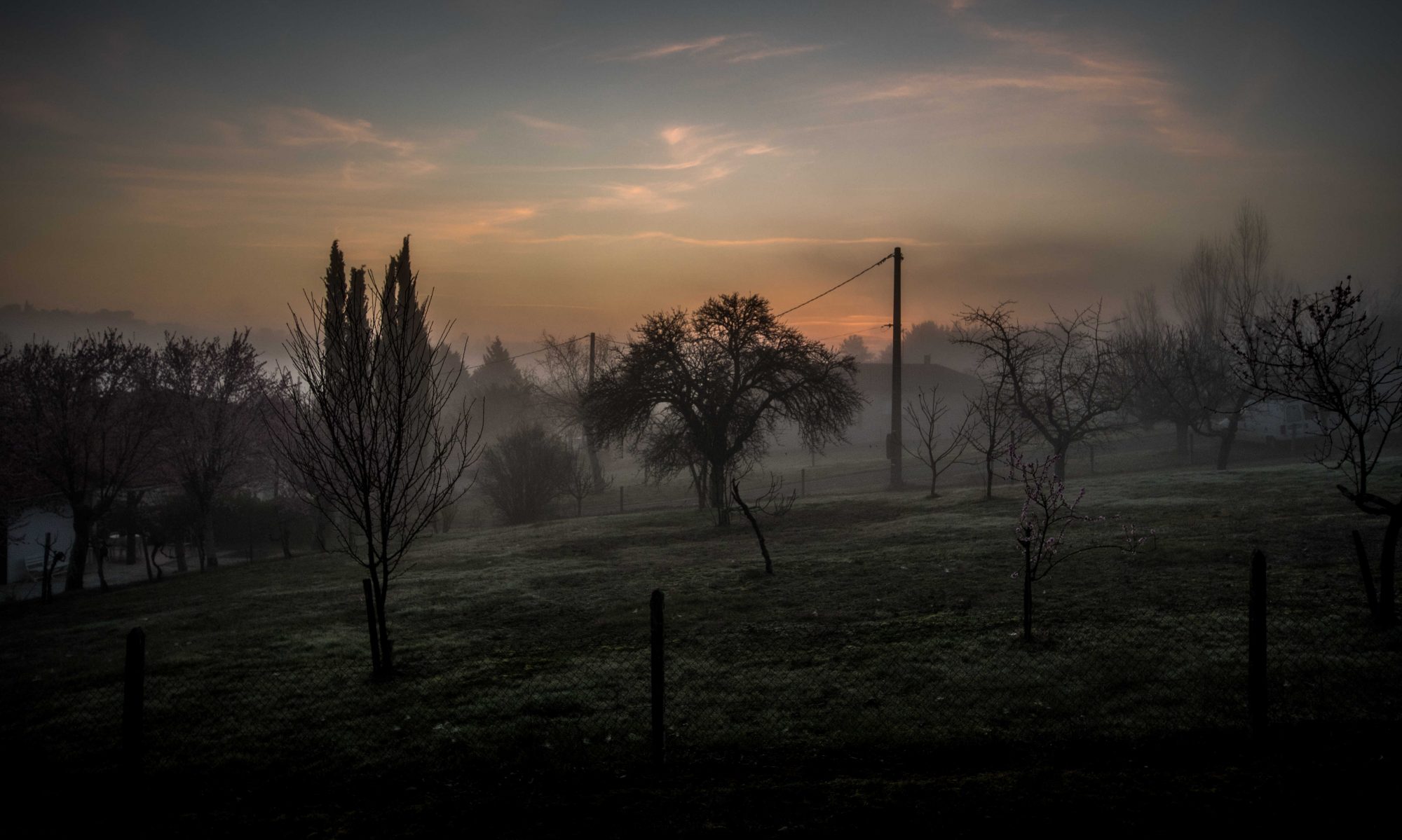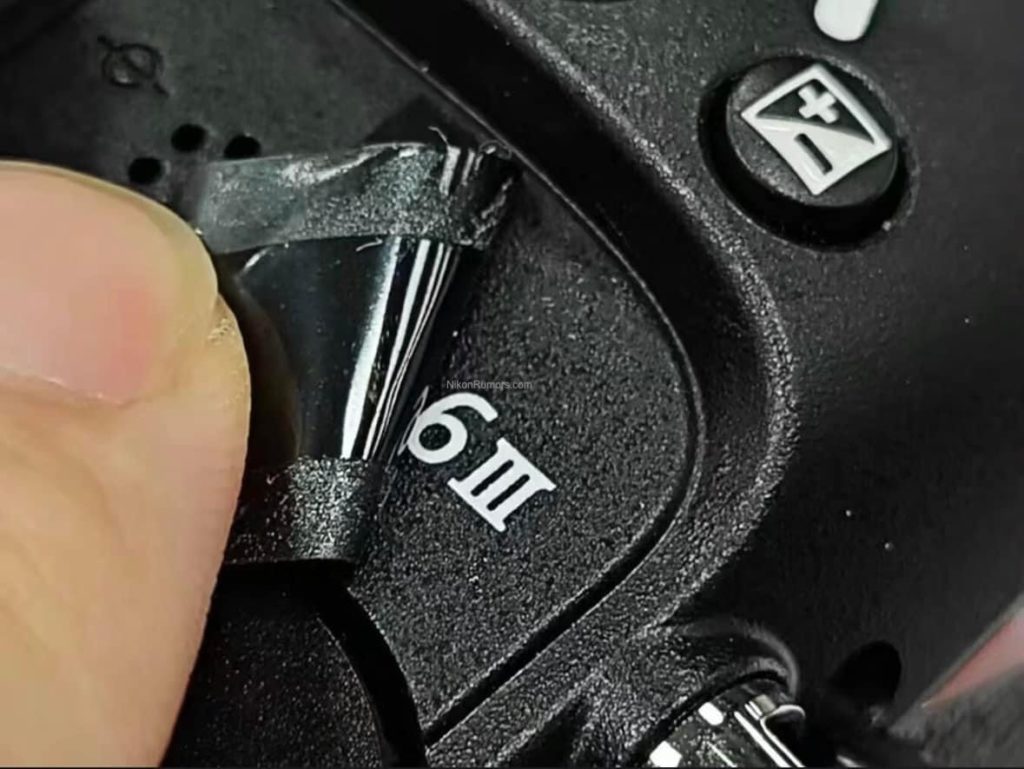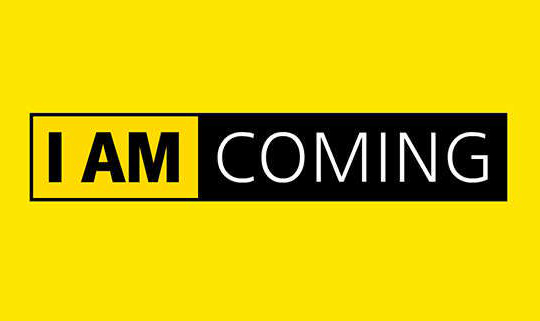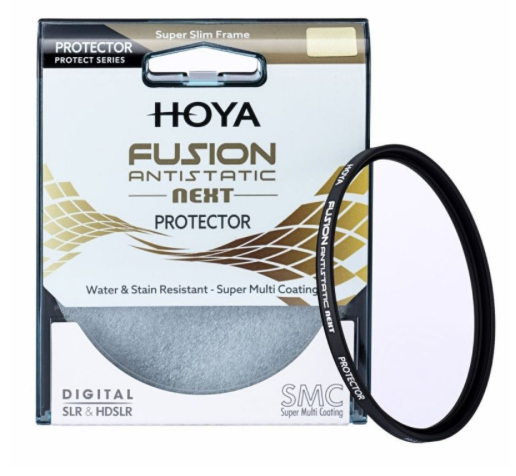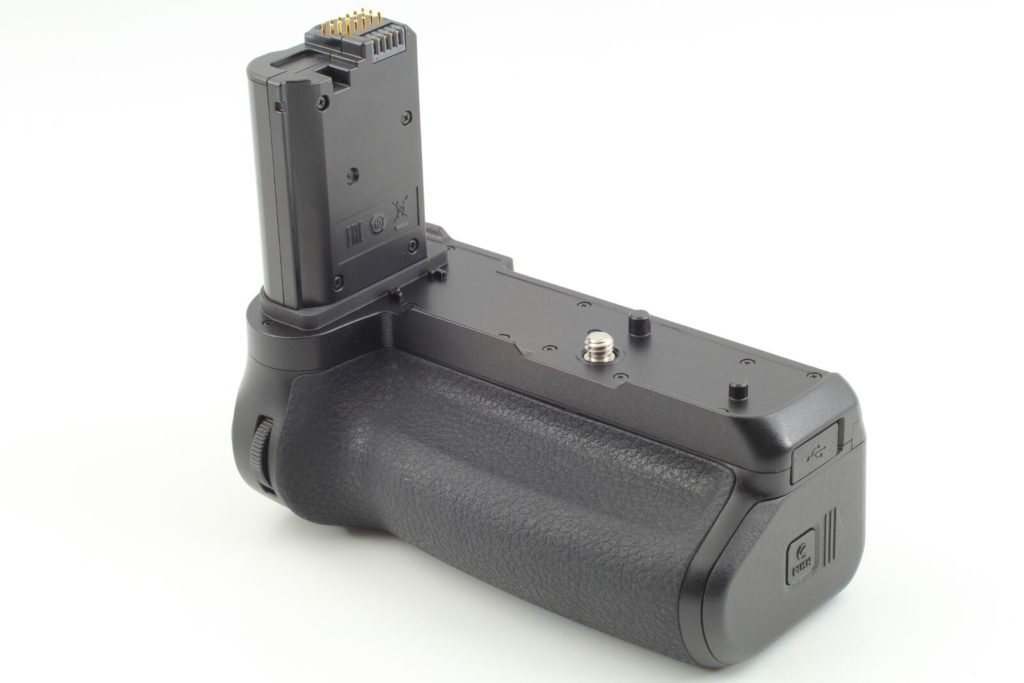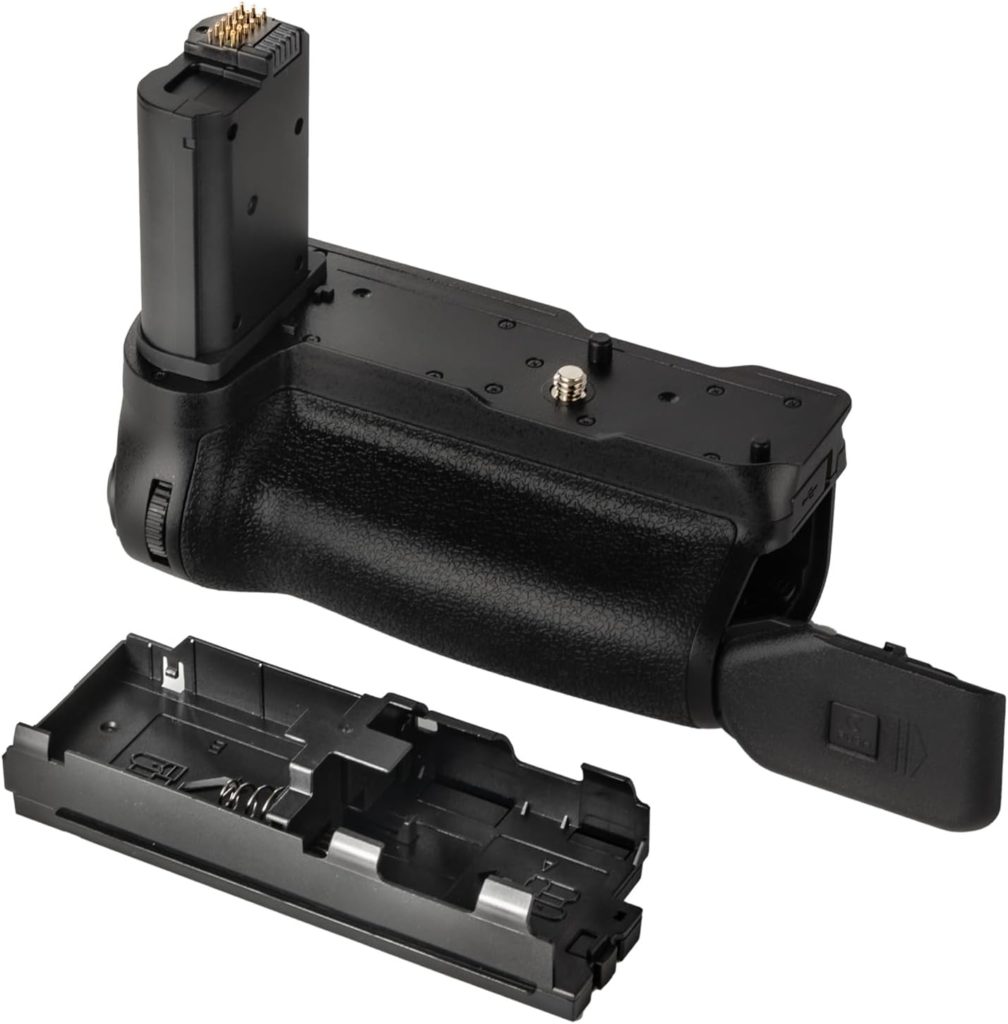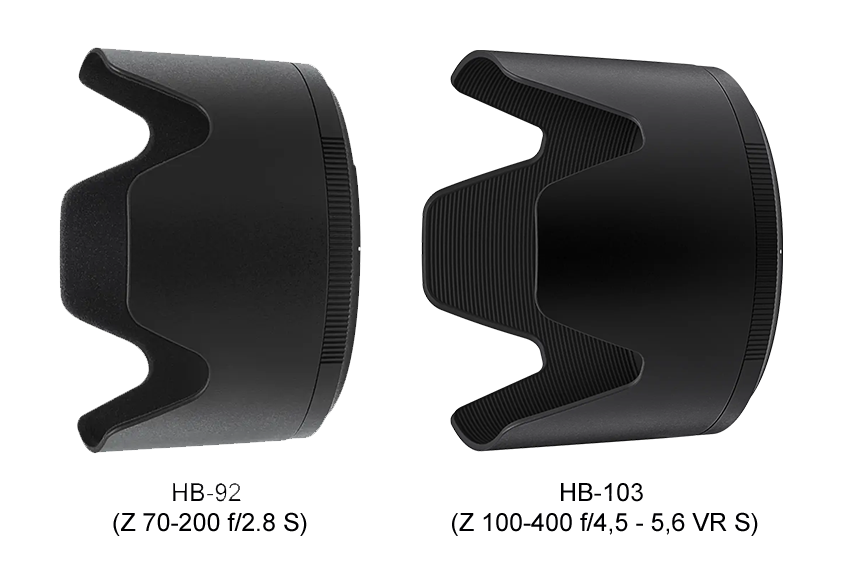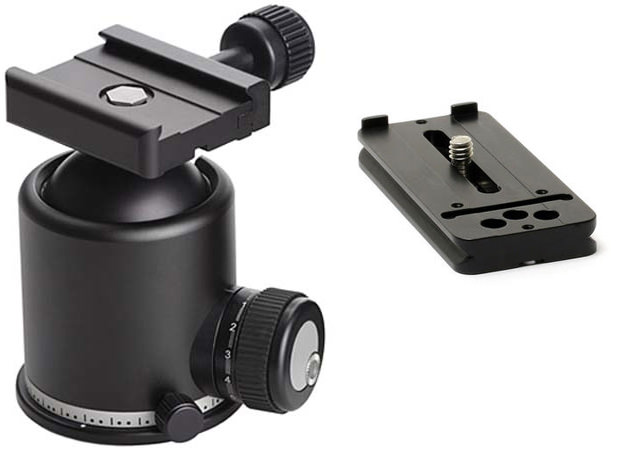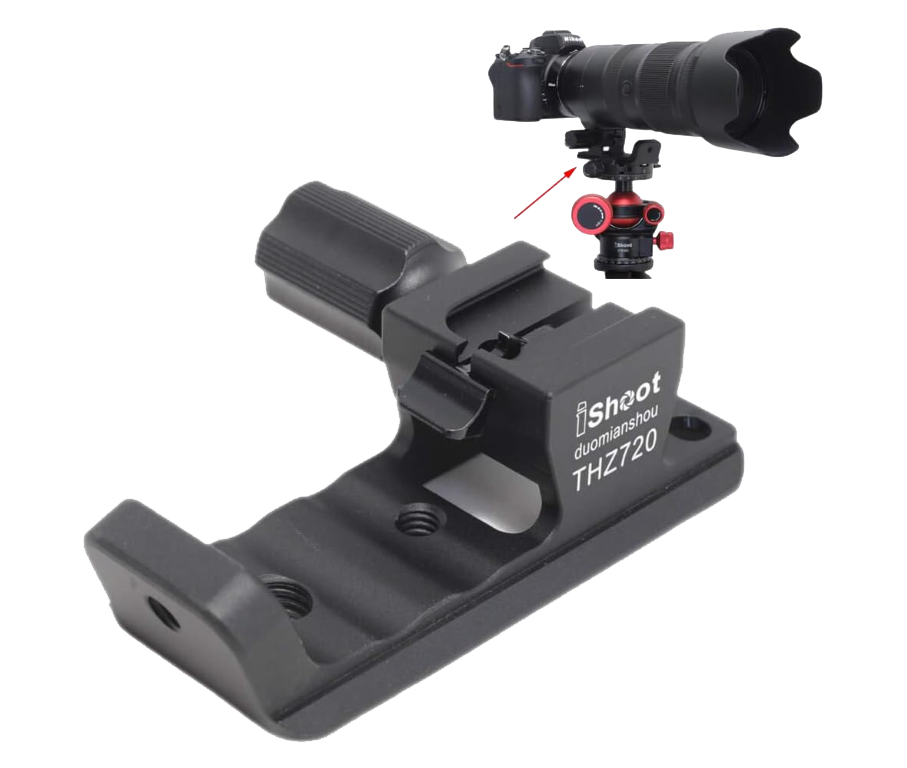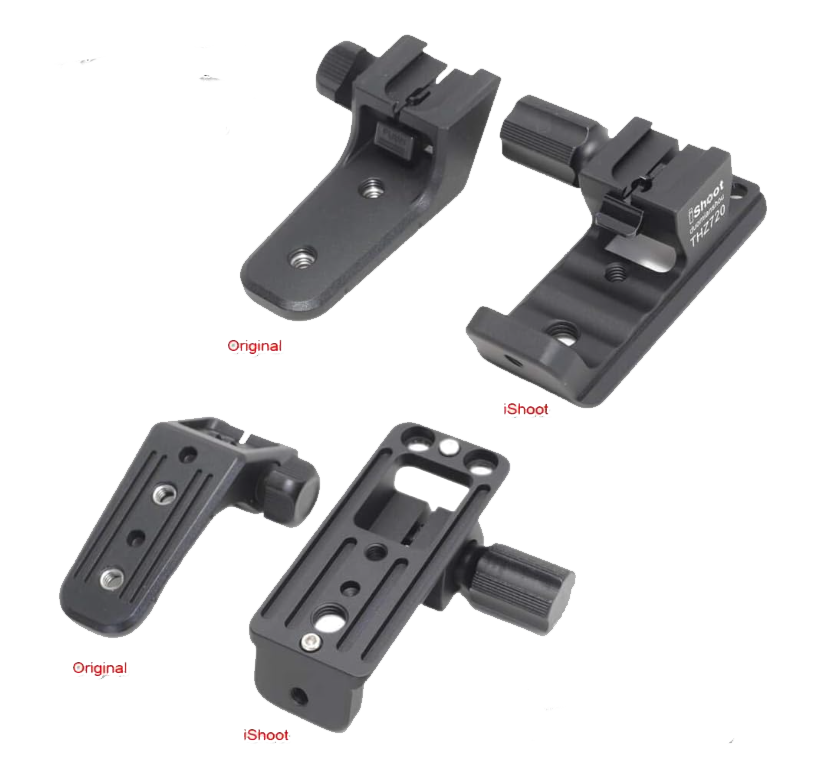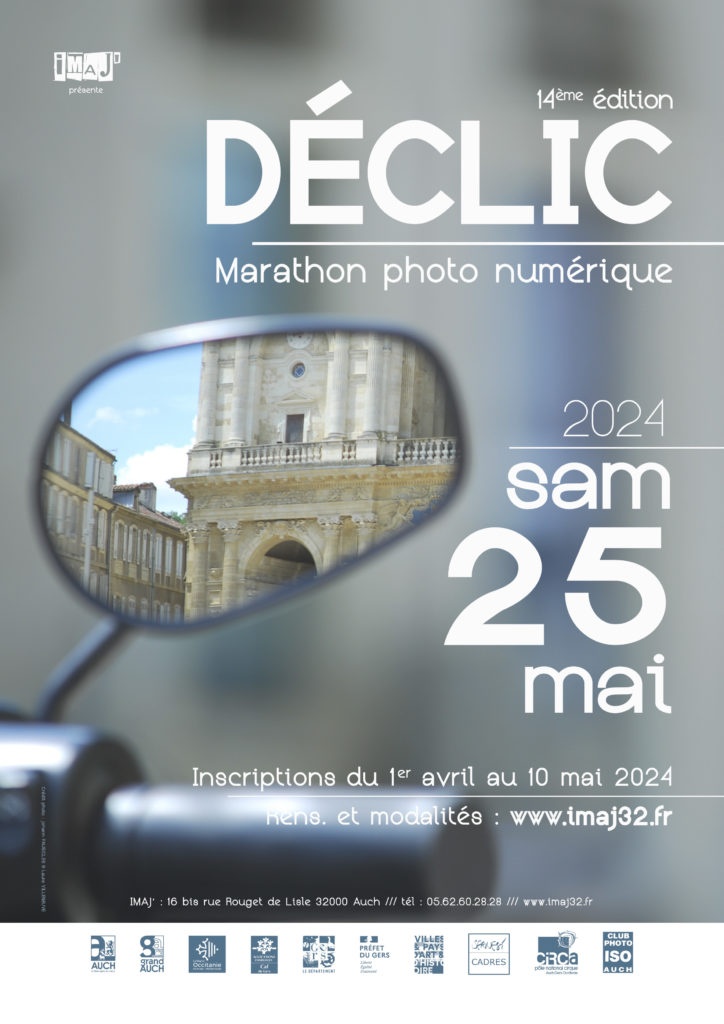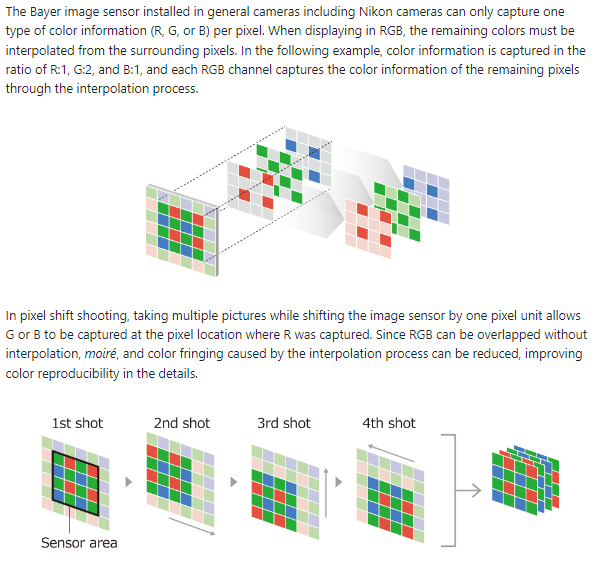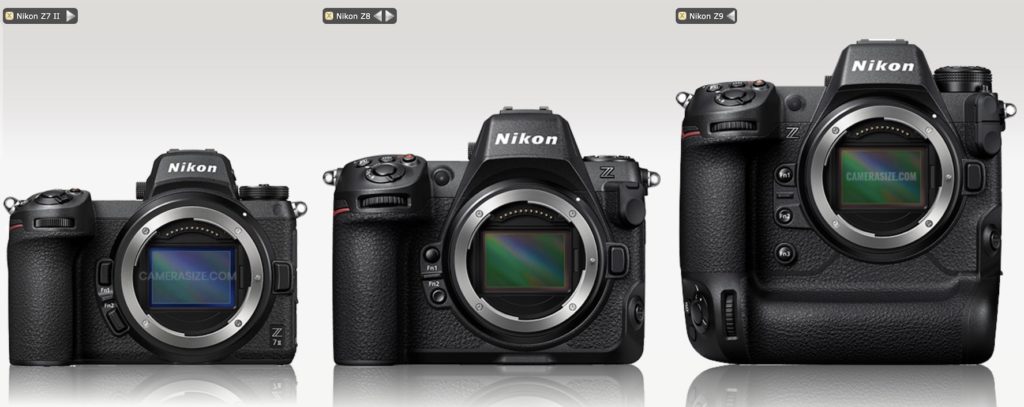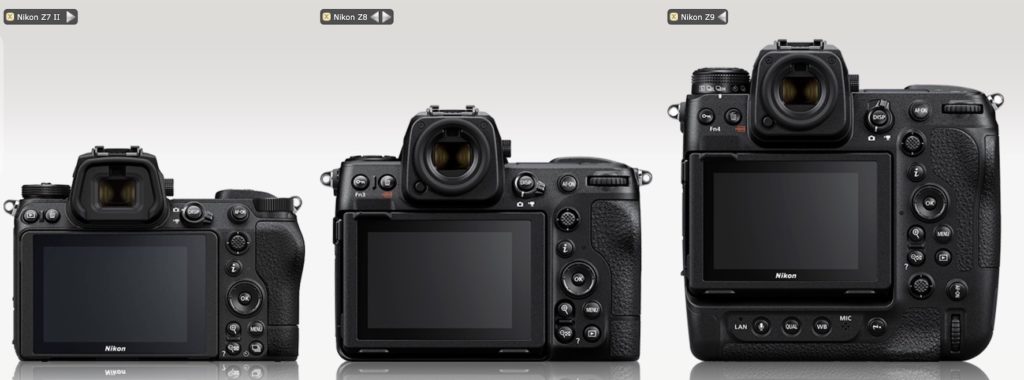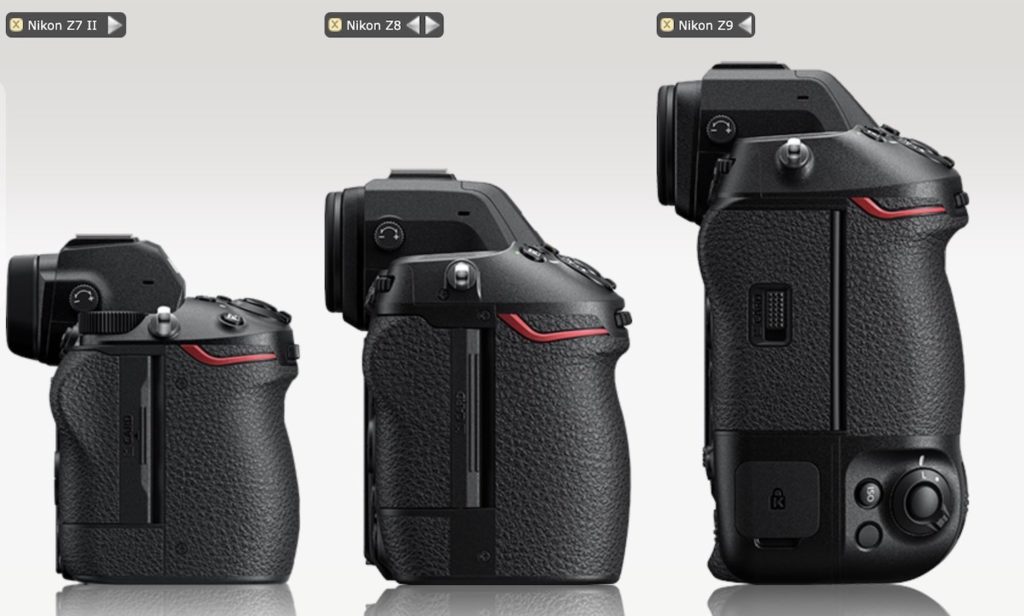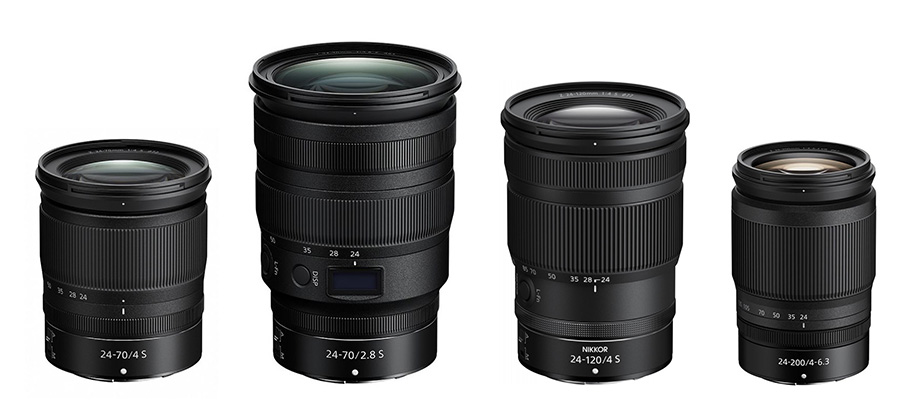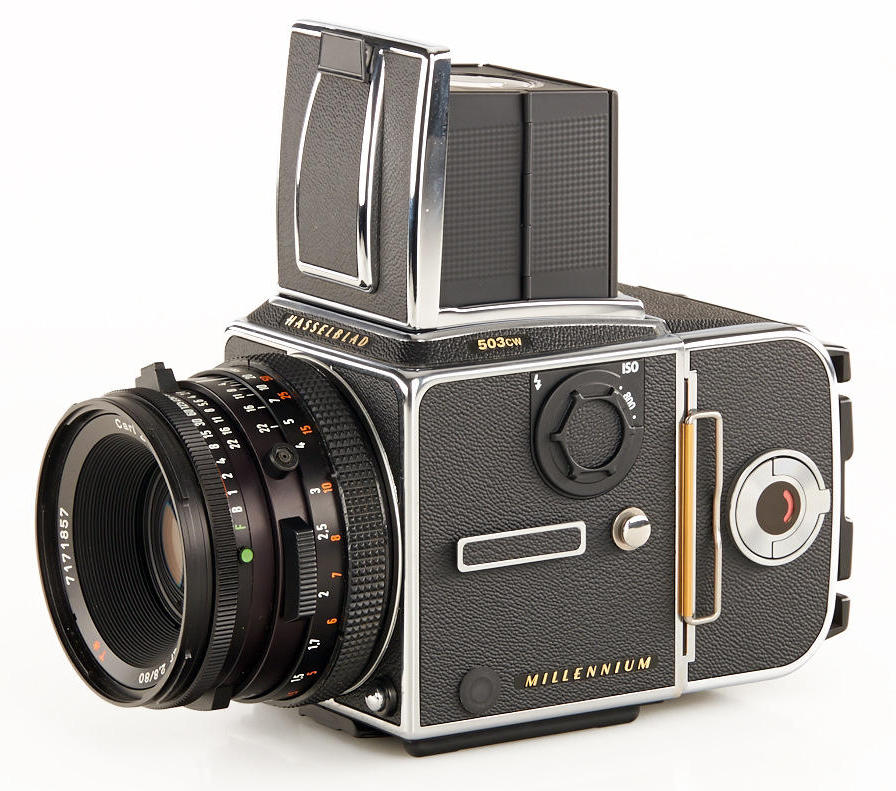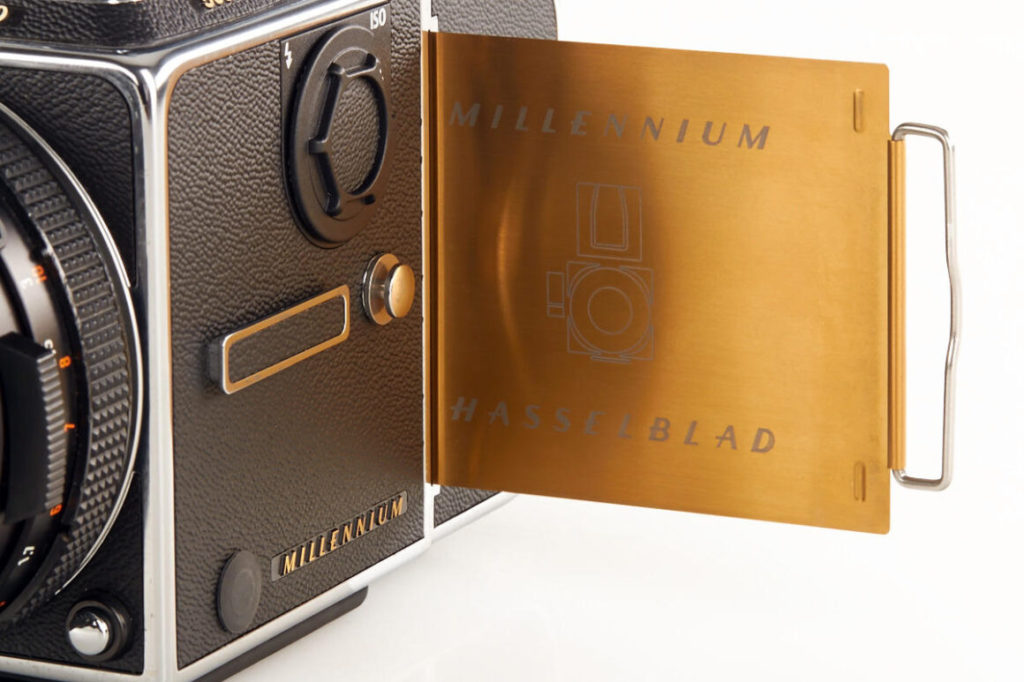This could be seen as being slightly suggestive…but then I have a filthy mind.
This was recently published to indicate that a new iteration of the NIKON Z6 is probably going to be launched soon…
We’re talking about the NIKON Z6 lll here – the detectives out there seem to think the new body will evolve into a slightly larger form, but possibly not as large as the NIKON Z8.
Thom Hogans email inbox seems to show some interesting ‘anticipations’:
33mp sensor
12 bit video
EXPEED 7
electronic (no manual) shutter
increased pixel density viewfinder
pixel shift, pre-capture etc. etc.
Going back over Thoms list, I have to say I’m in two minds – half of me says YES this is an evolution, and for someone buying-in to a mirrorless system this is a great starting point, while the other half says, 24mp sensor, smaller form factor, etc.etc. seems to work – why change it. It’s a moot point anyway – I have all the bodies I need, so a purchase is unlikely.
Integrating EXPEED 7 over EXPEED 6 is logical, and will more than likely increase the buffer size. This is a good thing for people using ‘rafale’ – anything that gets the data off the sensor, through the processing chips and out to the memory cards faster is a good thing! The only thing that has to be taken into consideration is the effective ‘speed’ of the recording media – the CFExpress cards are pretty much up to speed, but the SD cards are not as fast – which brings into question putting both card slots…horses for courses…
The only thing I’m really keen on is the totally electronic shutter – it’s proved itself since the launch of the Z9 and, for me at least, is the only way to go. It’s reliable, silent – what more can you need. This said, I only use the electronic shutter in my Z6 ll anyway…my cameras are the quietest thing about me…
Another thing is the form factor – if the shape is changing, why does the name stay the same? To me it seems far more logical to either, keep the same name / form factor, or, change the name / form factor… (I’m easily confused)
The Z6/ll and Z7/ll are the smallest full frame NIKON cameras and albeit smaller than the Z8/9 I have no difficulty using them – the NIKON ergonomics work very well and button position etc. makes transitioning a breeze. I often take a couple of different bodies with me on jobs, and the fact I just do not have to worry which buttons my fingers fall on is a huge help – This said, I make very few adjustments when I’m shooting anyway….
No more than a few more days wait now….
PS – I’ve just received a personal invitation to ‘discover’ new NIKON products at my local dealer in TOULOUSE on the 21st June – hopefully I’ll come home with at least a few photos…
